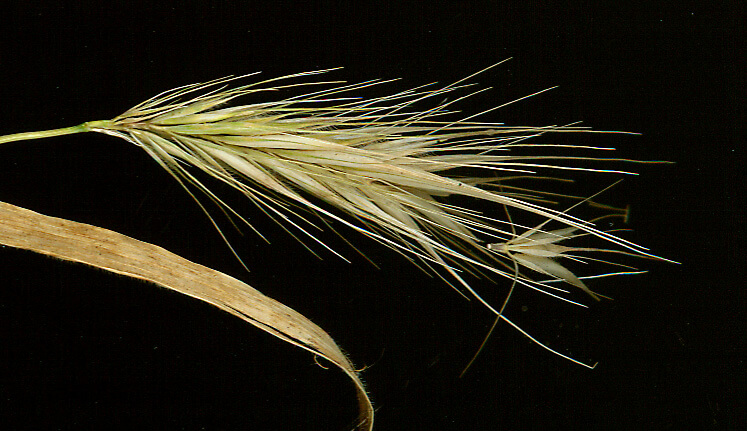In an international study, based on a doctoral thesis at the University of Haifa, a completely new gene was discovered that played a central role in the transition of plants from water plants to land plants - a process that resulted in the formation of life on land as we know it today

A mutation of wild barley from the Judean desert, which was discovered by chance during a doctoral thesis conducted at the University of Haifa, became, following an international study based on the doctoral thesis, the key to understanding the development of terrestrial life on earth. The study was published in the prestigious journal PNAS. "Life on Earth began in water and in order for plants to rise from the water to the land they had to develop a membrane that would protect them from the evaporation of the water and drying out. In our research, we found a completely new gene that contributes, along with other genes, to the formation of this membrane," said Prof. Avitar (Ivy) Nebo from the Institute of Evolution at the University of Haifa, who was one of the research partners.
As part of Guoshun Chen's doctoral thesis that began in 2004 at the University of Haifa, under the guidance of Prof. Nebo, the Chinese doctoral student found in the Yehuda desert a mutation of wild barley that was significantly smaller than normal wild barley. It was also found that this mutation of barley loses water at an abnormally increased rate due to a disruption in the formation of cutin - a substance that is secreted from the cell and is a component of the membrane (cuticle) that reduces water loss and prevents the plant from drying out.
Guoshun Chen has since returned to his country, where he advanced to the rank of professor, but he continued his research on wild barley from the Judean Desert, gathering around him an international team of researchers from China, Japan, Switzerland and Israel. After about eight years of research, the researchers found a new gene that contributes to the creation of cutin, which is present in all land plants, but is not present at all or only in small levels in aquatic plants. Chen named the new gene EIBI1 (EIBI1) after Prof. Nebo, who supervised his doctoral thesis.
"This is one of the gardens that contributed to the creation of the possibility of life on land as we know it today. This garden is of central importance at the point where the plants that developed in water began to develop adaptation to life on land," said Prof. Nebo. Besides the evolutionary importance of the new gene, it is also important in the breeding of cereals in the future. According to Prof. Nebo, once we understand the mechanism that produces the cutin in depth, and discover genetic variants of the EIBI1 gene, we will be able to improve the membranes (cuticles) of the wheat and barley species so that they are even more resistant to fluid loss and deal with the dryness on the ground. "Genetic breeding of cultivated plants for resistance to drought and salinity can increase food production in the world", concluded the researcher.
* The message was originally published on July 25, 2011. For various reasons it did not come in on time but it is important enough to upload it even late.

4 תגובות
I'm just making a wild hypothesis, but it makes sense that if we succeed in thickening the above-mentioned crust, we'll be able to grow crops on Mars, for example?
Correction, in the second line from the bottom.
not to praise (which means to praise),
but to improve.